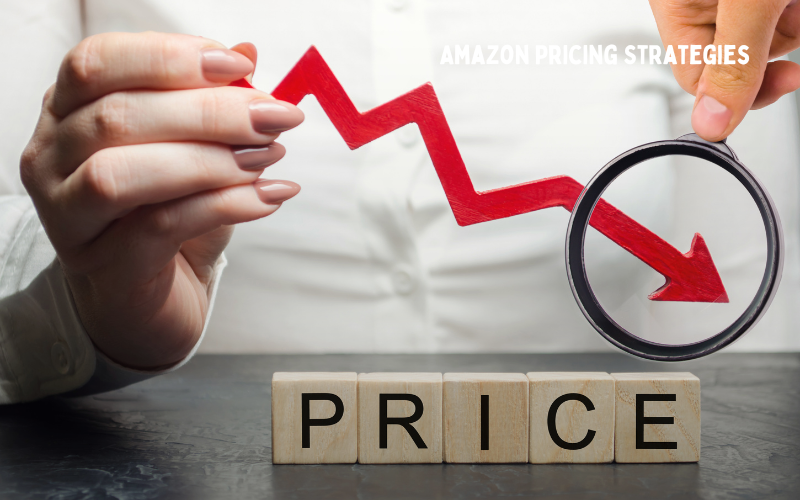In the vast and competitive landscape of Amazon, pricing strategies are more than just setting a number on your product; they are crucial to maintaining a competitive edge and ensuring profitability. This comprehensive guide delves into the nuances of Amazon pricing strategies, offering detailed insights and actionable tips to help you not only compete effectively but also enhance your profit margins.
The Significance of Pricing on Amazon
Pricing is a pivotal element in the Amazon marketplace. It affects everything from visibility in search results to conversion rates and ultimately, your profitability. Effective pricing strategies are not static; they require continuous monitoring and adjustment in response to market dynamics and competitor actions.
Why Optimize Your Pricing Strategy?
- Visibility: Competitive pricing can improve your ranking in Amazon’s search results.
- Sales Velocity: Pricing affects how quickly your inventory sells, impacting cash flow and inventory management.
- Market Position: Proper pricing helps establish your brand’s position within the market.
Competitive Pricing Dynamics on Amazon
Monitoring Competitor Pricing
Understanding the pricing landscape is the first step toward setting a competitive price.
- Tools and Techniques: Utilize tools like CamelCamelCamel or Keepa to track competitor prices and historical pricing trends.
- Actionable Tip: Set alerts for price changes in your category to ensure timely responses to competitor adjustments.
Dynamic Pricing Strategies
The ability to adjust prices dynamically in response to market conditions can significantly enhance competitiveness and profitability.
- Automated Pricing Tools: Use Amazon’s Automate Pricing tool to set pricing rules based on your competitive landscape.
- Strategic Adjustments: Consider broader market trends, seasonality, and inventory levels when setting your pricing rules.
Leveraging Amazon’s Pricing Tools
Amazon Automate Pricing
This tool allows sellers to automate their pricing strategies based on predefined rules, ensuring they remain competitive without constant manual intervention.
- Setting Up Rules: Define rules based on your business goals, such as matching the lowest price or staying below the average.
- Benefits: Saves time, reduces the need for constant monitoring, and helps react quickly to market changes.
Analyzing Pricing Impact
Regular analysis of the impact of pricing strategies on sales performance is essential.
- Performance Metrics: Monitor metrics such as Buy Box percentage, sales volume, and profit margins to evaluate the effectiveness of your pricing strategy.
- Adjustments: Use insights from data to refine your pricing rules and strategies continuously.
Best Practices for Amazon Pricing
Understand Elasticity of Demand
Knowing how sensitive your customers are to price changes can help set more effective pricing strategies.
- Price Sensitivity Testing: Experiment with different prices to find the optimal balance between volume and profit.
- Customer Segmentation: Identify which customer segments are more price-sensitive to tailor your pricing strategies accordingly.
Stay Compliant with Amazon’s Policies
Ensure your pricing strategies adhere to Amazon’s fair pricing policy to avoid penalties.
- Fair Pricing Policy: Avoid pricing practices that can be construed as price gouging, especially during high-demand periods.
Enhancing Profitability Through Strategic Pricing
Effective pricing is not just about being the lowest but being smart about how competitive you are in the marketplace. By employing dynamic pricing strategies and leveraging Amazon’s pricing tools, sellers can ensure they stay competitive and profitable in the long run.
Actionable Tips:
- Continuously monitor and adjust your pricing strategies in real time based on data and market conditions.
- Educate yourself on market trends and consumer behavior to anticipate changes in pricing dynamics.
- Utilize technology and tools to automate and optimize your pricing strategies for maximum efficiency and profitability.

